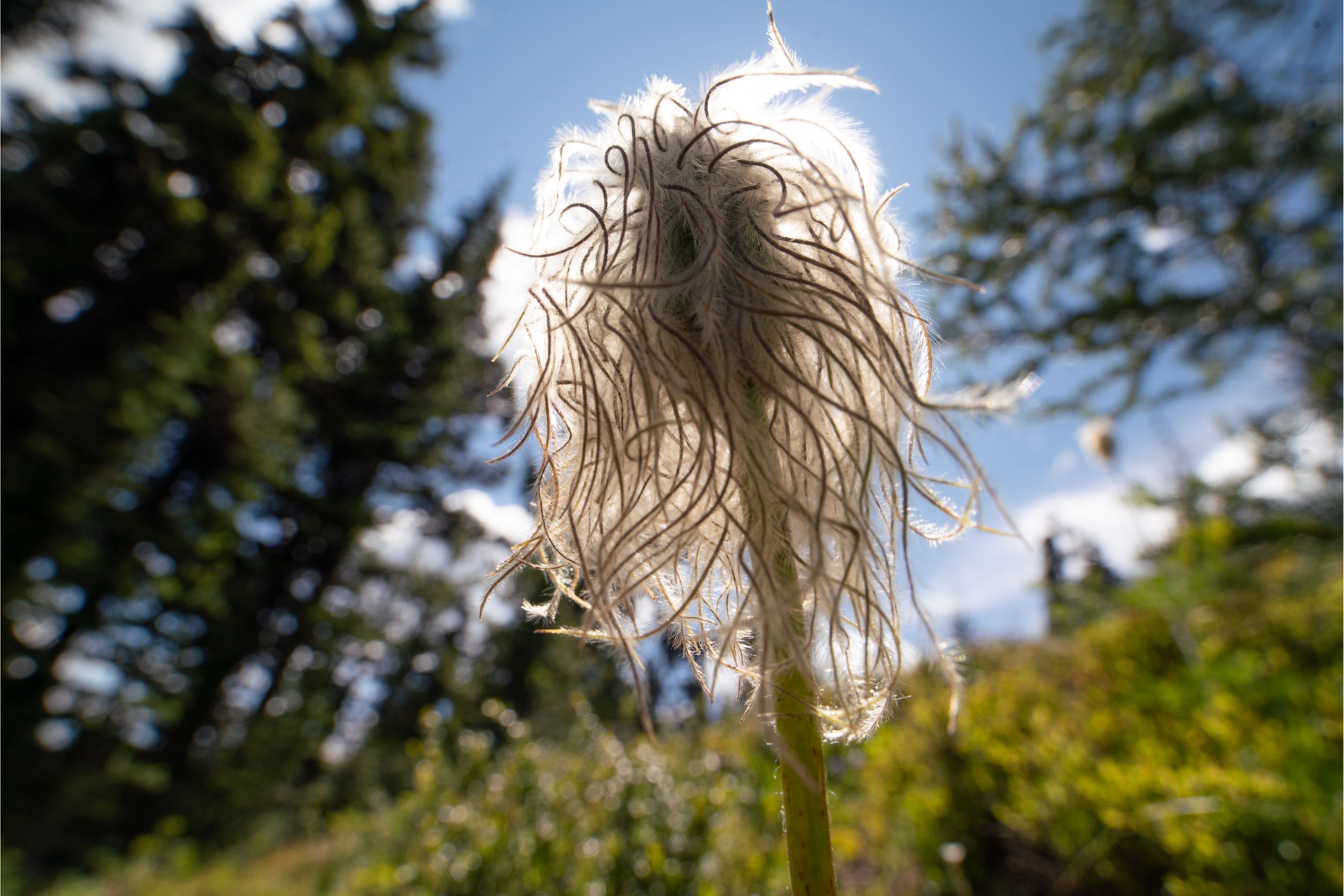White Pasqueflower
(Pulsatilla occidentalis)

Description
The genus Pulsatilla contains about 40 species of herbaceous perennial plants native to meadows and prairies of North America, Europe, and Asia. Derived from the Hebrew word for Passover, "pasakh", the common name pasque flower refers to the Easter (Passover) flowering period, in the spring. Common names include pasque flower (or pasqueflower), wind flower, prairie crocus, Easter flower, and meadow anemone. Several species are valued ornamentals because of their finely-dissected leaves, solitary bell-shaped flowers, and plumed seed heads. The showy part of the flower consists of sepals, not petals. The genus Pulsatilla was first formally named in 1754 by the English botanist Philip Miller. The type species is Pulsatilla vulgaris, the European pasque flower. It is sometimes considered a subgenus under the genus Anemone or as an informally named "group" within Anemone subg. Anemone sect. Pulsatilloides.
Taxonomic tree:







